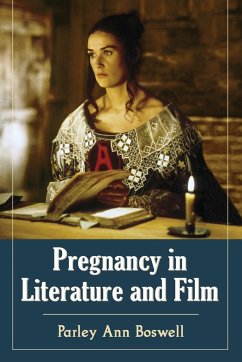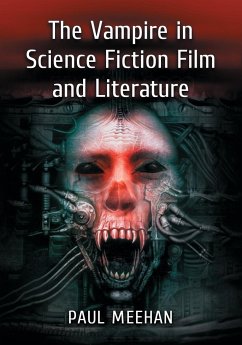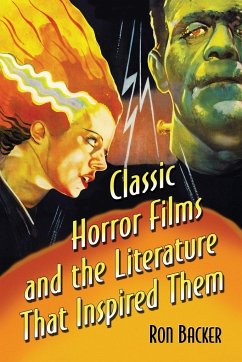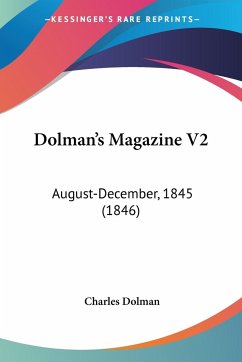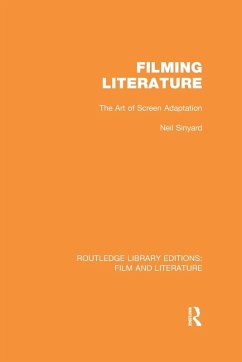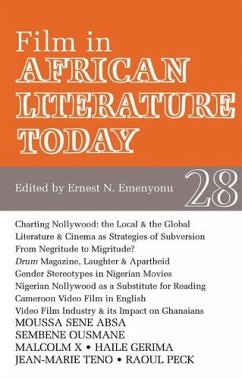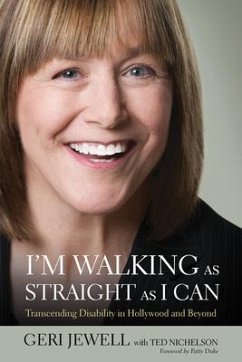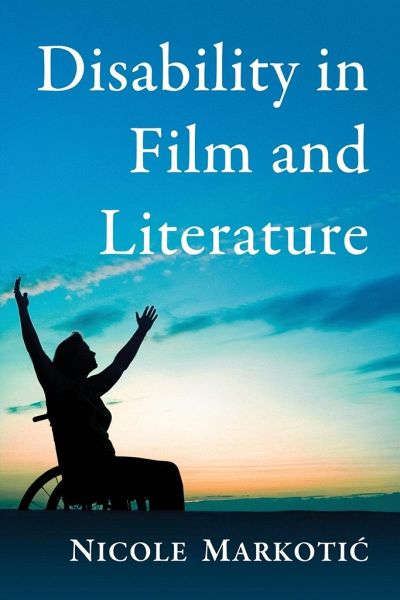
Disability in Film and Literature
Versandkostenfrei!
Versandfertig in 1-2 Wochen
39,99 €
inkl. MwSt.

PAYBACK Punkte
20 °P sammeln!
Literary and filmic depictions of the disabled reinforce an "ableist" ideology that classifies bodies as normal or abnormal--positive or negative. Disabled characters are often represented as aberrant or evil and are isolated or incarcerated. This book examines language in film, fiction and other media that perpetuates the representation of the disabled as abnormal or problematic. The author looks at depictions of disability--both disparaging and amusing--and discusses disability theory as a framework for reconsidering "normal" and "abnormal" bodies.





